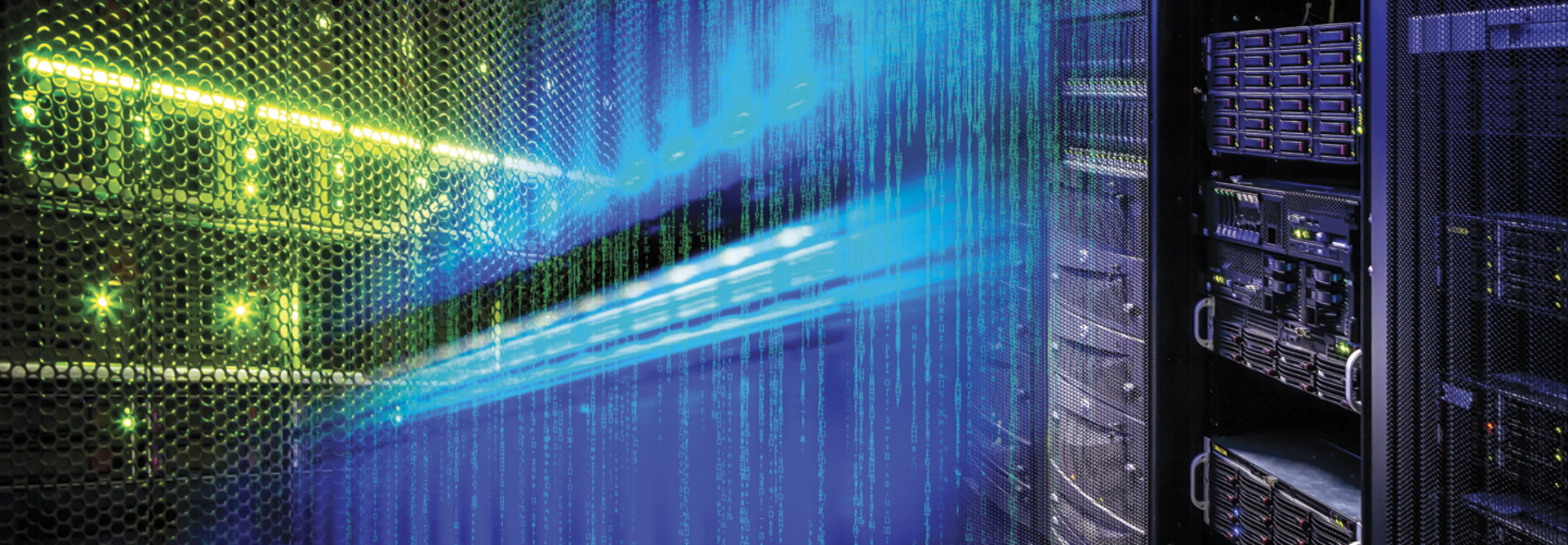How Flash Storage Can Help Governments with Backup and Recovery
State and local governments know all about the role data plays in our lives and the importance of regular backups. They also know rapid restore — the flip side of disaster preparedness — becomes more vital by the day.
Cybersecurity and data protection are hot topics in the news. With state officials concerned over funding and security for the 2020 election and the National Association of State Chief Information Officers releasing guides to state and local partners emphasizing the importance of routine data backup in light of increasing cyberattacks on governments, data backup and rapid restore are more important than ever.
State and local governments understand the critical nature of data, perhaps better than anyone. Data is the fuel keeping governments operating. It powers countless citizen services such as utility payments, police and fire dispatch systems, public transportation and the ability to field citizen requests and inquiries.
As data continues to grow in volume and complexity, governments need strong processes and technology in place to ensure they can protect, manage and access their data anytime, anywhere. That includes protecting constantly changing data assets and movement across hybrid cloud environments.
In addition, governments are increasingly becoming a prime target for malicious cyberattacks, including ransomware, which can restrict access to critical systems and data until a payment is made — making it impossible for governments to access the data they need to operate effectively.
Given these challenges, modern backup is essential.
Flash Storage Can Help Agencies Rapidly Restore Data
State and local governments are required to keep a large amount of data for a significant length of time, sometimes indefinitely. A standard process for many governments is to back up to tape or virtual tape libraries based on spinning disks, then conduct restore tests a few times a year — a process that could take days or even weeks — and hope they never actually have to do it for real.
The restore side of the equation typically has been addressed with much less urgency than the backup itself. But in today’s world, when a ransomware attack can restrict access to all data in a provider’s environment, governments cannot afford to wait for hours or days to restore their systems. Data must be usable, and rapid restore is critical; it can’t be locked on a tape, in a warehouse or on a slow spinning disk. Any delay can affect critical workflows that support citizen services.
In most state and local IT environments, applications, data silos and interfaces have multiplied in the wake of digital transformation driven by the demand for technology-based solutions and services. Consequently, most data backup scenarios include multipoint solutions and appliances that create significant complexity, making it difficult to assess data protection efforts and predict data recovery performance.
Outside of government, some progressive organizations are turning to flash storage for primary storage and backup, particularly for mission-critical applications such as virtual desktop infrastructure. The performance and availability benefits offered in production and backup environments can provide significant improvements in efficiency and citizen services. What’s more, with the right solution in place, flash technology can deliver reductions in total cost of ownership for governments of all sizes.
As analytics and artificial intelligence gain traction in government, flash storage — and the rapid restore it enables — also creates a new opportunity to use data for purposes beyond security or disaster recovery. Examples of this already exist. Chatbots on agency websites now answer increasingly complex questions and execute customer assistance tasks that previously drained employee resources and hours. It’s meant fewer calls to government agencies and more valuable staff hours available for other tasks.
To support this rapid restore and secondary use, state and local governments need an appliance that is not purpose-built for just one function. An all-flash platform provides a strong option, as it can be used as a data hub, enabling both a modern backup environment and the exploration of secondary uses of the data that may have far-reaching benefits across cities and states.
Let’s remember that in today’s complex environment, backup is a great start — but it’s not enough as data volumes continue to balloon and malicious actors loom. Rapid restore is critical to backup success, and flash storage provides a powerful means for ensuring data accessibility and usability at a moment’s notice.









